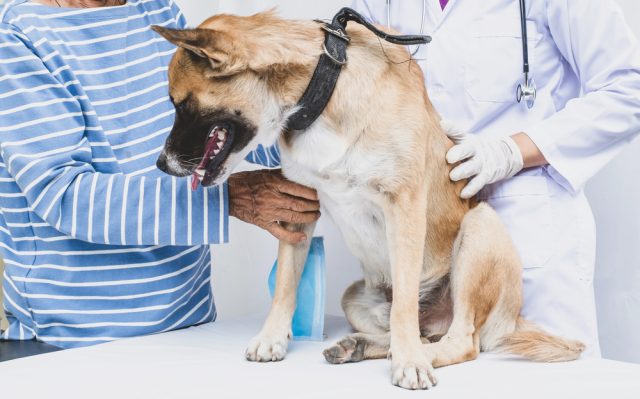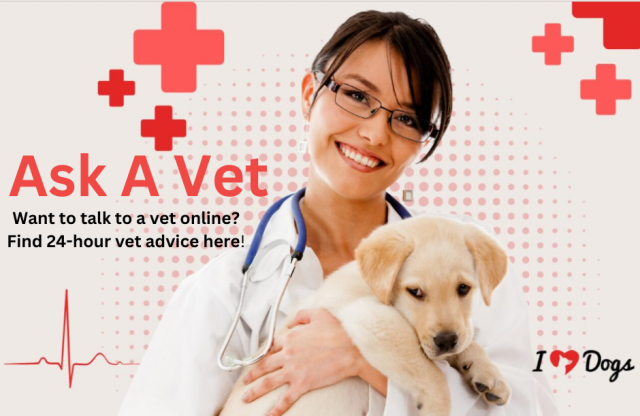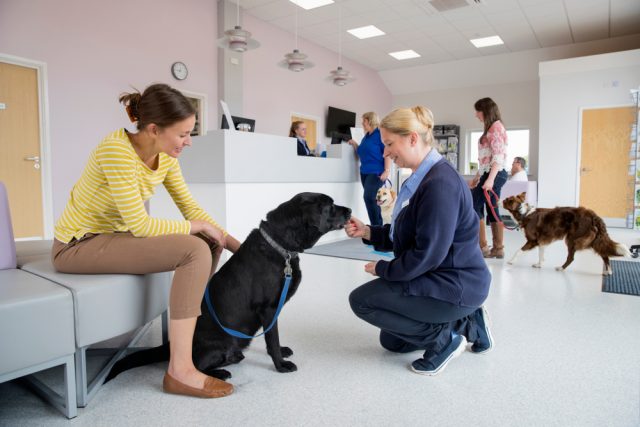Bringing a new puppy or rescue dog into your life is an exciting and heartwarming experience. As a responsible pet owner, ensuring your furry friend’s health and well-being is paramount, and this journey starts with the first veterinary visit.
This article will guide you through what to expect during that crucial initial appointment, how to prepare both yourself and your dog, questions to ask, and tips for minimizing stress throughout the process.
Preparation is Key
Before heading to the veterinarian’s office, there are a few essential steps you can take to make the experience smoother:
- Health Records and Information: If adopting from a shelter or breeder, ensure you have all available health records and information about vaccinations, treatments, and medical history. This will help the vet understand your dog’s background and tailor their care accordingly.
- Work On Body-Handling Techniques: Helping your dog get used to being touched and examined is an essential aspect of their overall well-being and can greatly reduce stress during vet visits. Getting your dog familiar and comfortable with having their face, ears, paws, tail, mouth, and belly handled will make vet visits, grooming appointments, and home care sessions easier and less stressful for everyone.
- Create a Positive Association: Familiarize your dog with their carrier or leash, associating it with positive experiences, treats, and praise. This will help reduce stress during travel and at the vet’s office.
- Avoid Travel Stress and Car Sickness: If your dog shows signs of anxiety or car sickness when traveling, the tips in this post can help make upcoming car rides less stressful.
These products can also come in handy!
Choosing the Right Veterinarian
Selecting the right veterinarian is crucial for the well-being of your new furry family member. Here are some pointers to consider:
- Research: Look for a veterinary clinic with good reviews and recommendations. Be sure to tap trusted friends and family members during this process. Direct word-of-mouth from happy clients in your social circle is even better than online reviews.
- Meet and Greet: Schedule a non-appointment visit to let your dog become familiar with the clinic environment and the vet. This can help reduce anxiety during the actual visit.
- Observe the doctor’s bedside manner: Some dogs are terrified of visiting the vet. If your pup is scared, take note of how the doctor handles the anxiety.
- Compatibility: Ensure that you feel comfortable communicating with the veterinarian. An open and supportive rapport will make the entire process more beneficial for your pet.
- Consider your philosophies: How do you feel about euthanasia, cancer care, chronic disease planning, and spaying and neutering? You’ll want to discuss these issues with your doctor to make sure you are in alignment when it comes to care.
Note: While it is important to establish your new dog with a local veterinary clinic, you may find that some future services can be performed in the comfort of your home by a virtual veterinarian.
The First Veterinary Visit
On the day of the appointment, follow these steps to make the visit as smooth as possible:
- Leash and Identification: Keep your dog on a leash and ensure they’re wearing proper identification. Even well-behaved dogs can become anxious in new environments. If your new dog is not yet microchipped, now is the time to discuss it with your vet.
- Positive Reinforcement: Use treats and praise to reward your dog for their calm behavior during the visit. Bring along your pup’s favorite treats and share some with your vet and their staff so they can reward your dog too. This helps create a positive association with the vet’s office.
- Patience: Be patient. The vet will likely take their time to thoroughly examine your pet, and your dog might need some time to acclimate to the new environment.
Questions to Ask
Use the opportunity to gather valuable information from your veterinarian:
- Vaccination Schedule: Discuss your dog’s vaccination needs and schedule, ensuring they’re protected against common diseases.
- Nutrition: Inquire about the best diet for your dog’s age, size, and health condition. The vet can recommend appropriate food brands and feeding guidelines.
- Preventive Care: Ask about flea, tick, and heartworm prevention methods suitable for your dog’s needs and the local environment. Don’t forget to ask about intestinal parasites. While monthly parasite preventatives can help treat and prevent some of these pests, others may already be present in your new pup’s gut.
- Behavioral Advice: Seek guidance on basic training, socialization, and behavioral issues specific to your dog’s breed or background.
- Health Concerns: If your dog has any existing health issues or specific symptoms, discuss them with the vet and ask about potential treatments.
Managing Stress
Vet visits can be stressful for dogs, especially rescues or those with a history of trauma. Here are some ways to minimize stress:
- Comfort Techniques: Bring along your dog’s favorite toy or blanket to provide comfort during the visit. Plush comfort toys that carry the scent of home and soothing heartbeat toys may also provide some relief in the car and at the vet.
- Calming Products: Many natural supplements containing hemp, pheromones, and various soothing herbs and extracts can also help nervous pups cope with their stress.
- Positive Reinforcement: Reward your dog for calm behavior at the clinic. This will help build positive associations over time.
- Distraction: Offer treats or engage your dog in simple commands to distract them from the unfamiliar surroundings.
Your new puppy or rescue dog’s first veterinary visit is a vital step in establishing a foundation of good health and well-being. With proper preparation, choosing the right veterinarian, and employing stress-reduction techniques, you can ensure that this experience is a positive one for both you and your dog. This initial visit sets the tone for a lifelong journey of care and companionship.



 Toledo, United States.
Toledo, United States.
